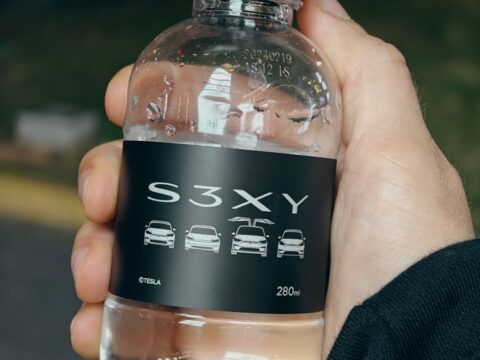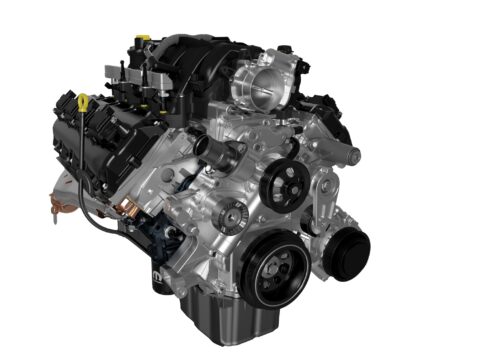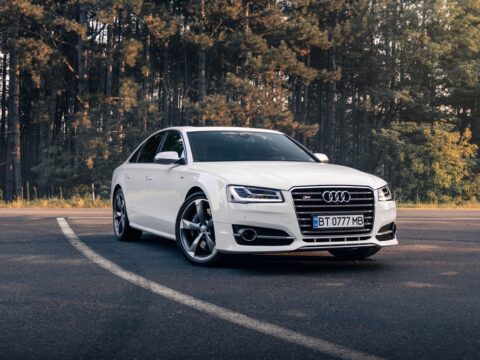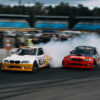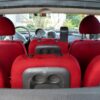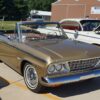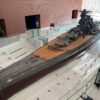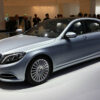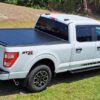In the complex world of automotive safety, not all cars are created equal. While some vehicles are celebrated for their robust safety features and stellar crash-test ratings, others fall short of these critical standards. This article sheds light on a selection of vehicles that, despite their popularity or affordability, have notable safety shortcomings. From inadequate crash test performances to the absence of essential safety technologies, this list aims to inform and caution potential buyers about the lesser-known safety aspects of these widely recognized models.
Contents
Fiat Punto (2005-2018)
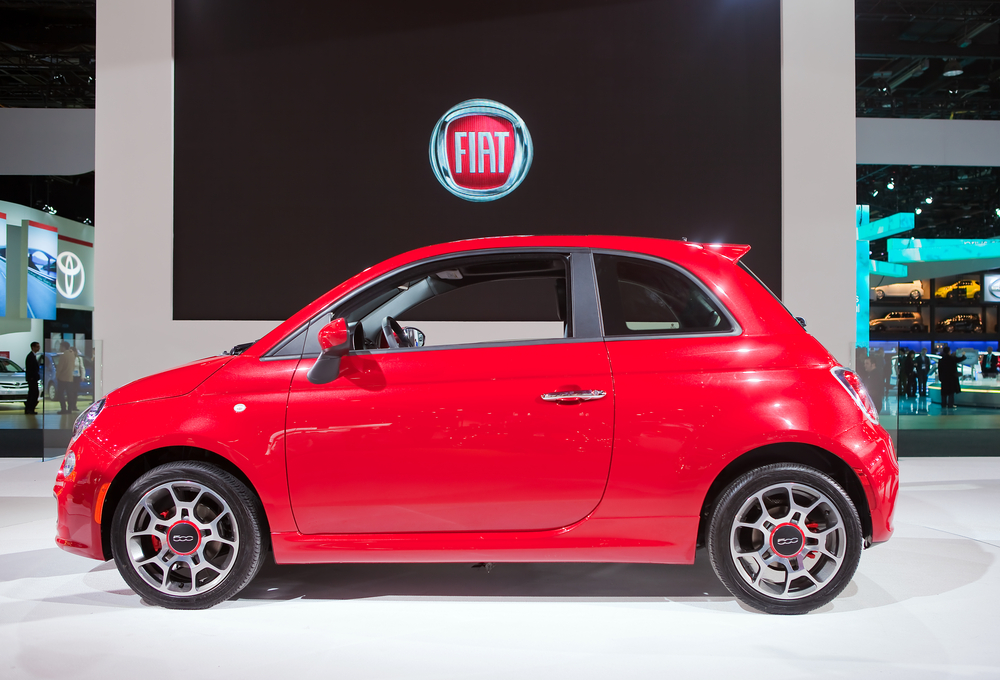
The Fiat Punto, particularly in its later years, raised safety concerns. In 2017, it received a 0-star Euro NCAP safety rating, a rare and alarming score for a modern car. This was due to the lack of standard-fit safety technologies like side airbags and electronic stability control, which are commonplace in other vehicles. The older design of the Punto also contributed to its poor performance in crash tests.
Chevrolet Spark (2013-2015)
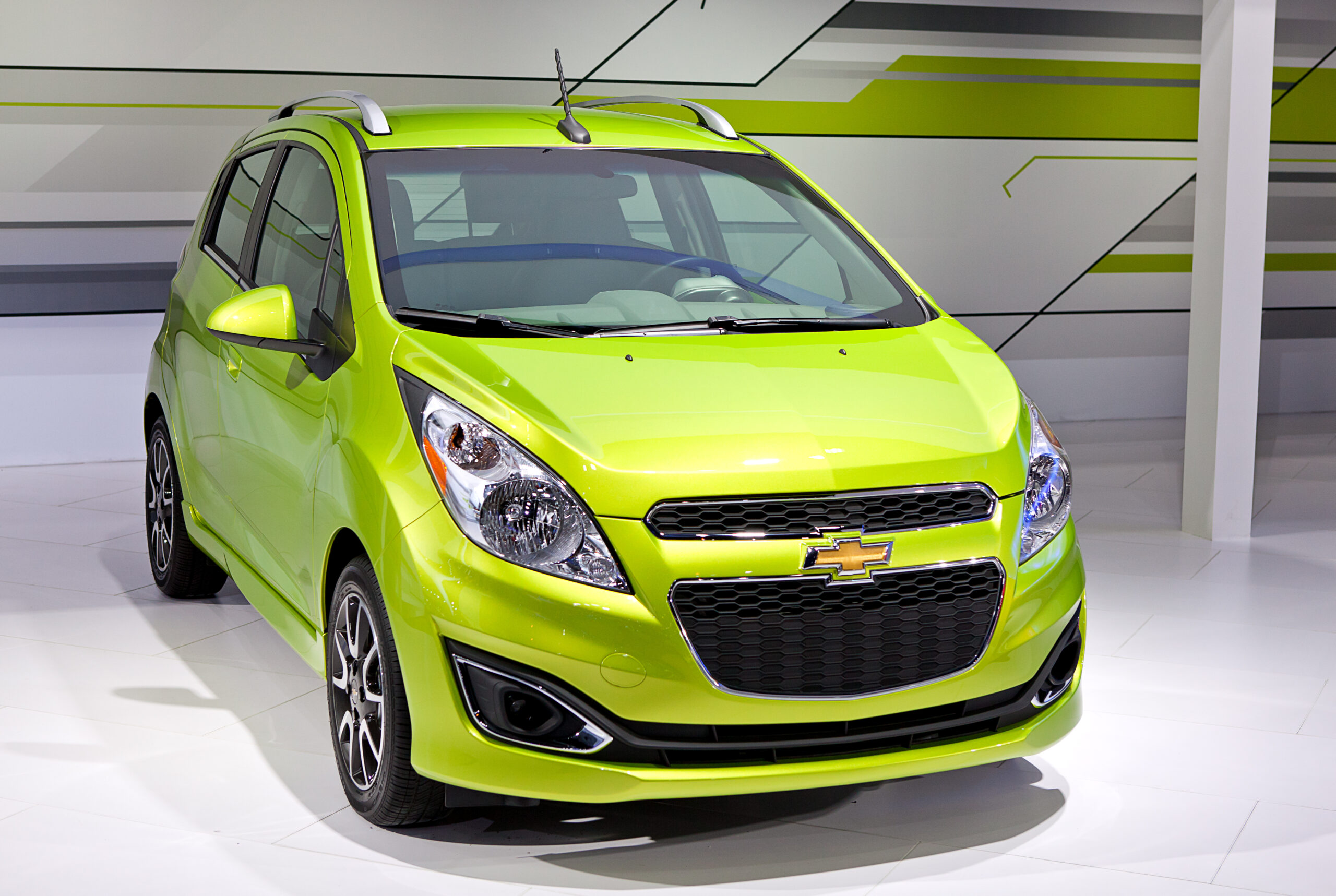
The Chevrolet Spark, particularly the models from 2013 to 2015, scored lower in safety ratings compared to its competitors. The Insurance Institute for Highway Safety (IIHS) gave it a “Poor” rating in the small overlap front crash test, highlighting concerns about the car’s ability to protect occupants in certain types of collisions.
Mitsubishi Mirage (2014-2019)
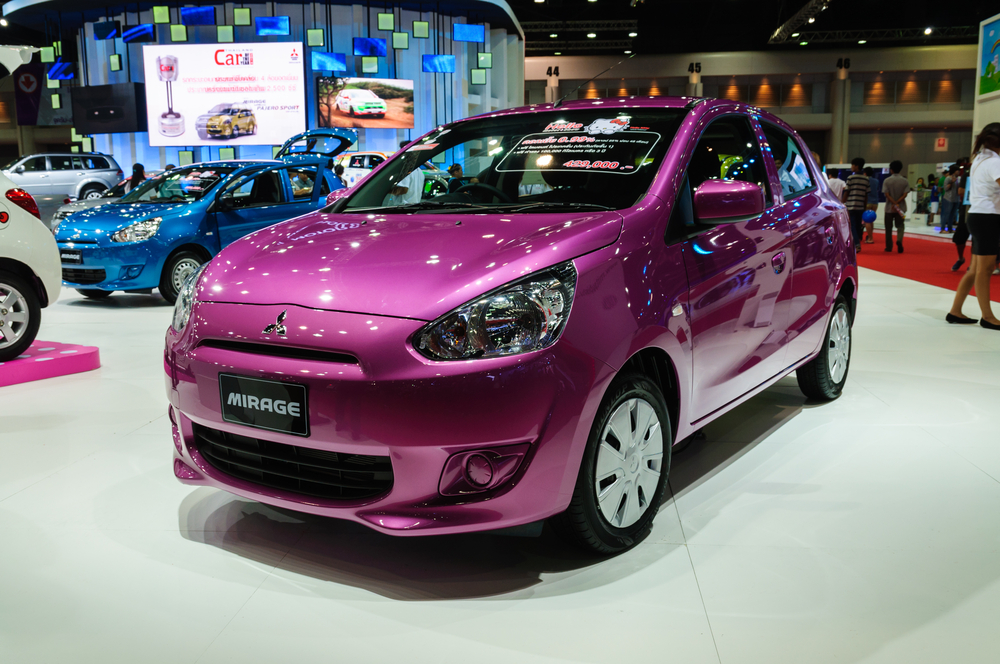
The Mitsubishi Mirage has been criticized for its lack of safety features and poor crash test performance. The 2014-2019 models received low scores in the IIHS small overlap front test and were noted for their minimal active safety features, like basic airbag systems without advanced driver-assistance systems.
Jeep Wrangler (2007-2017)
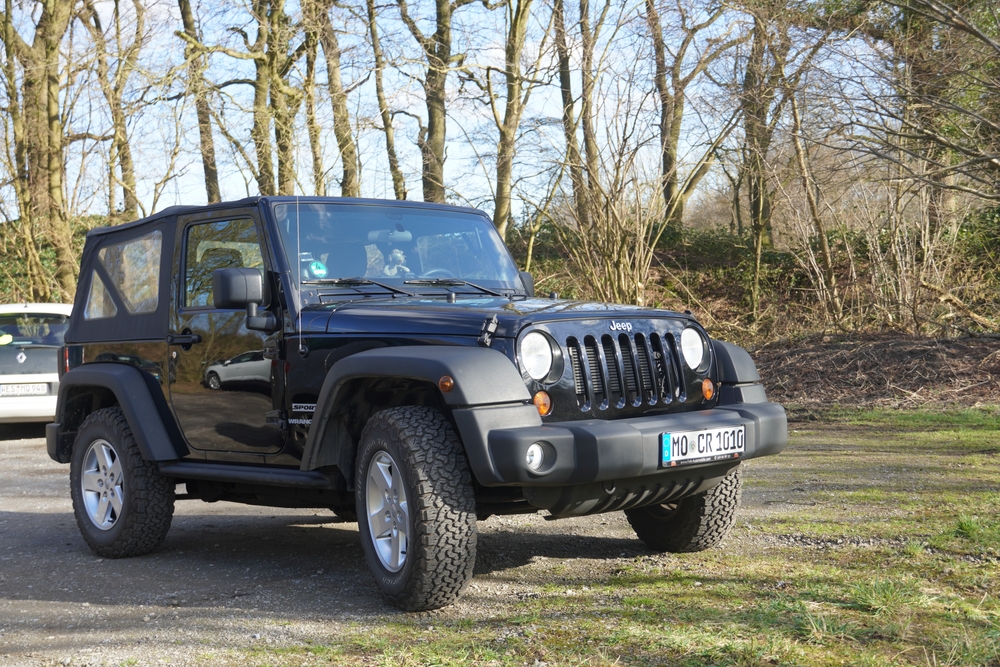
The Jeep Wrangler, specifically models from 2007 to 2017, has shown safety vulnerabilities. Despite its rugged appearance, it scored poorly in the Euro NCAP crash tests, particularly in frontal impact tests. The lack of certain modern safety features, such as side airbags, also contributed to its lower safety ratings.
Ford Mustang (2015)
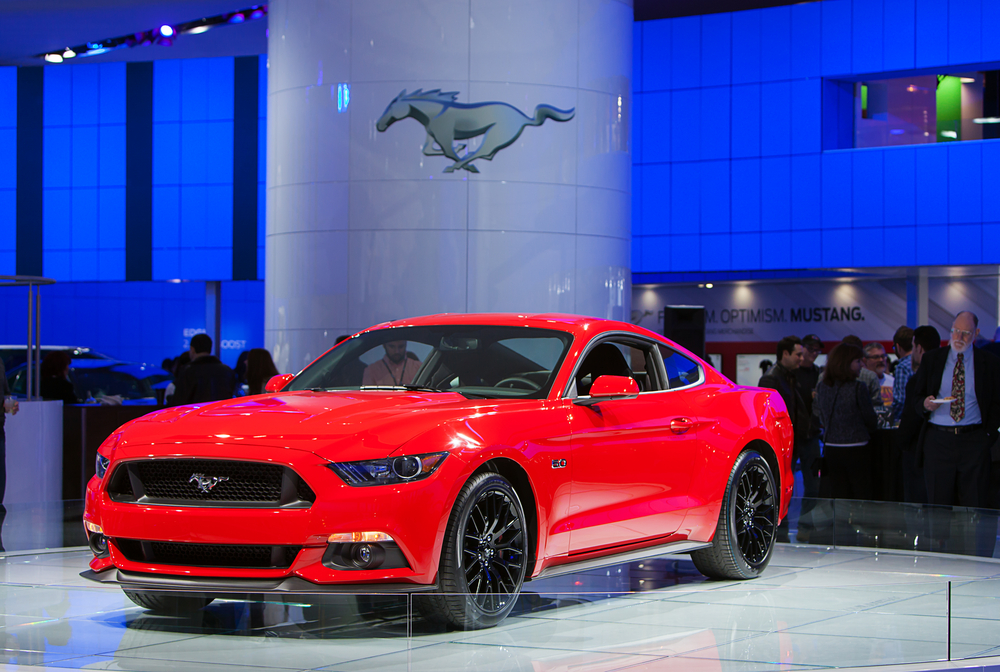
The 2015 Ford Mustang faced safety concerns, especially in its Euro NCAP crash tests, where it received a 2-star rating initially. This was mainly due to the lack of standard active safety features and poor protection for rear passengers. Ford responded by updating the European version with more safety equipment, improving its rating in later tests.
Dodge Grand Caravan (2011-2020)
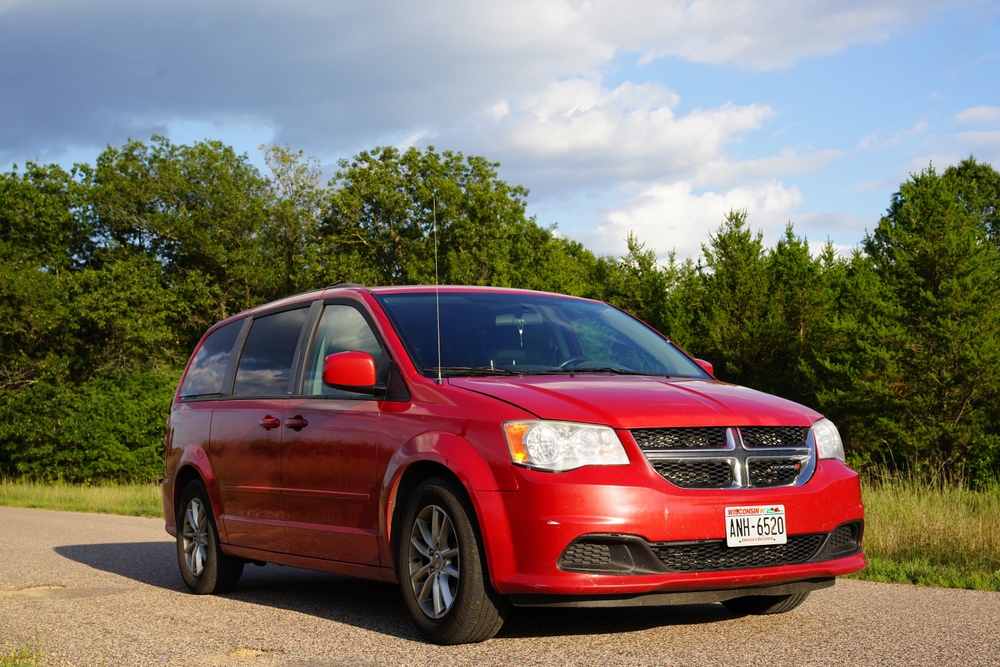
The Dodge Grand Caravan, particularly older models, has been critiqued for its safety. The 2011-2020 models received only a 4-star overall rating from the National Highway Traffic Safety Administration (NHTSA), with concerns about side-impact protection for passengers.
Toyota Yaris (2006-2011)
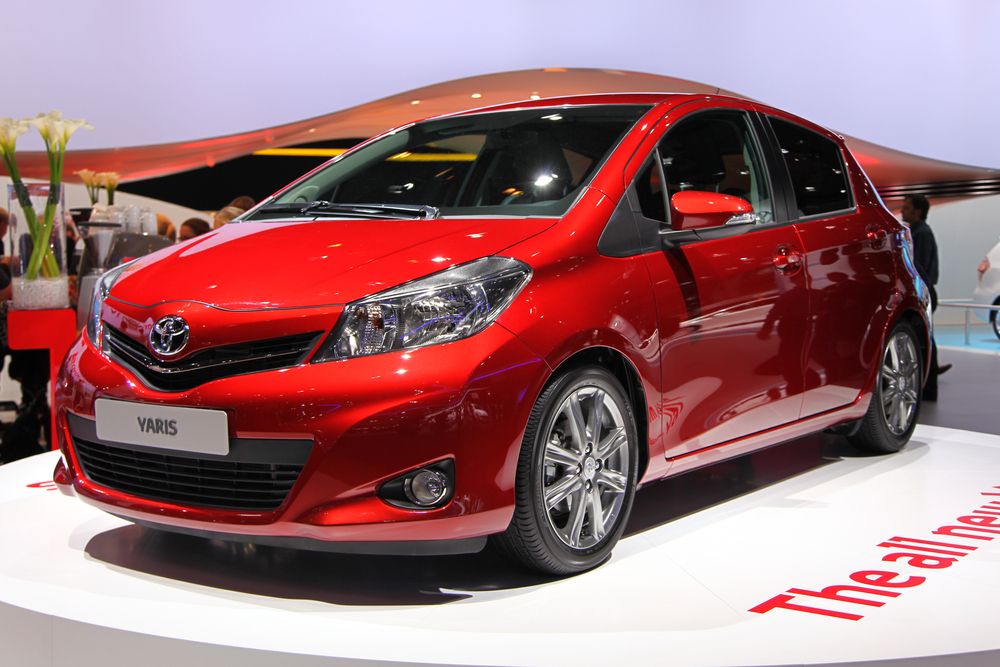
The 2006-2011 Toyota Yaris models, while generally reliable, fell short in safety ratings. These models scored poorly in the IIHS side-impact crash tests, particularly models without side airbags, raising concerns about passenger protection in certain types of collisions.
Hyundai Accent (2012-2017)
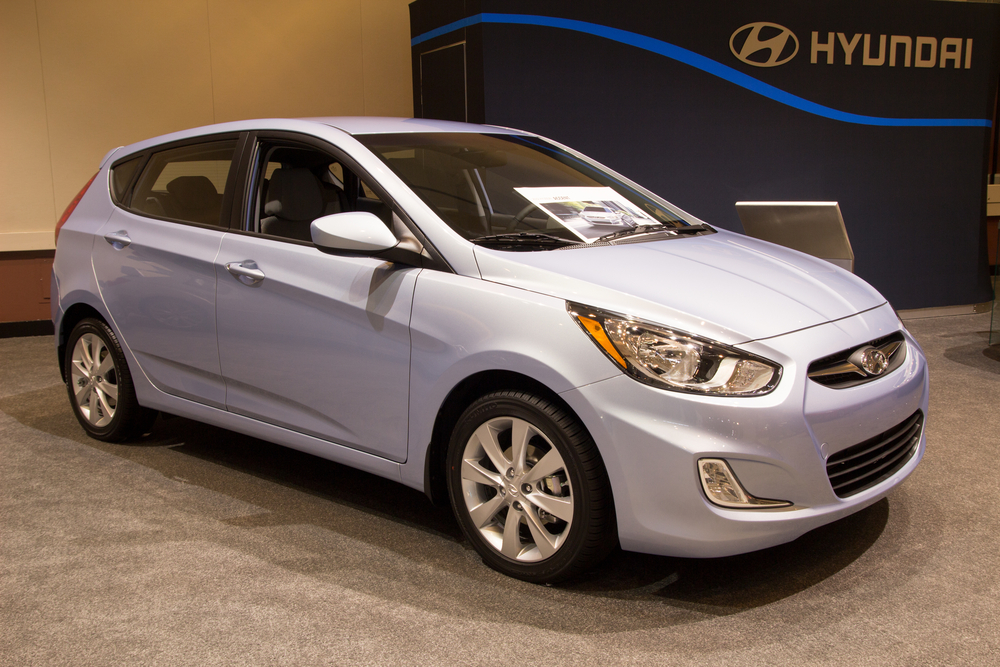
The Hyundai Accent from 2012 to 2017 faced safety challenges, especially in the small overlap front crash test conducted by the IIHS, where it received a “Poor” rating. The lack of advanced safety features in these models further contributed to concerns about occupant protection.
Fiat 500 (2008-2019)
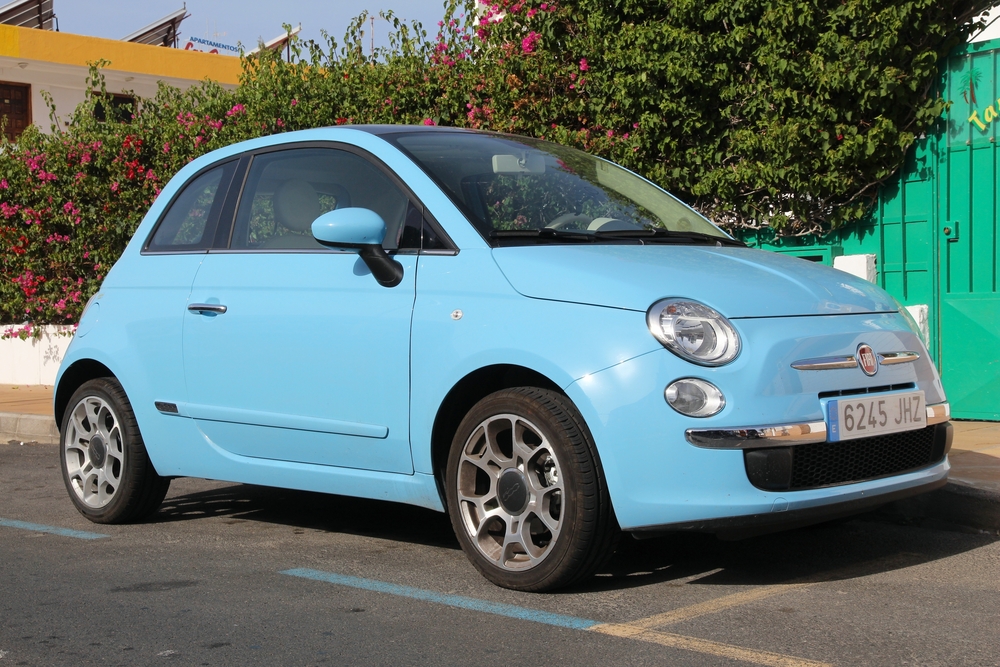
The Fiat 500, particularly older models, has had its share of safety concerns. The 2008-2019 models received lower crash test ratings from both the IIHS and Euro NCAP, particularly in side-impact and small overlap front crash tests. The car’s compact size and the absence of certain advanced safety features were factors in its lower safety performance.
Nissan Versa (2012-2019)
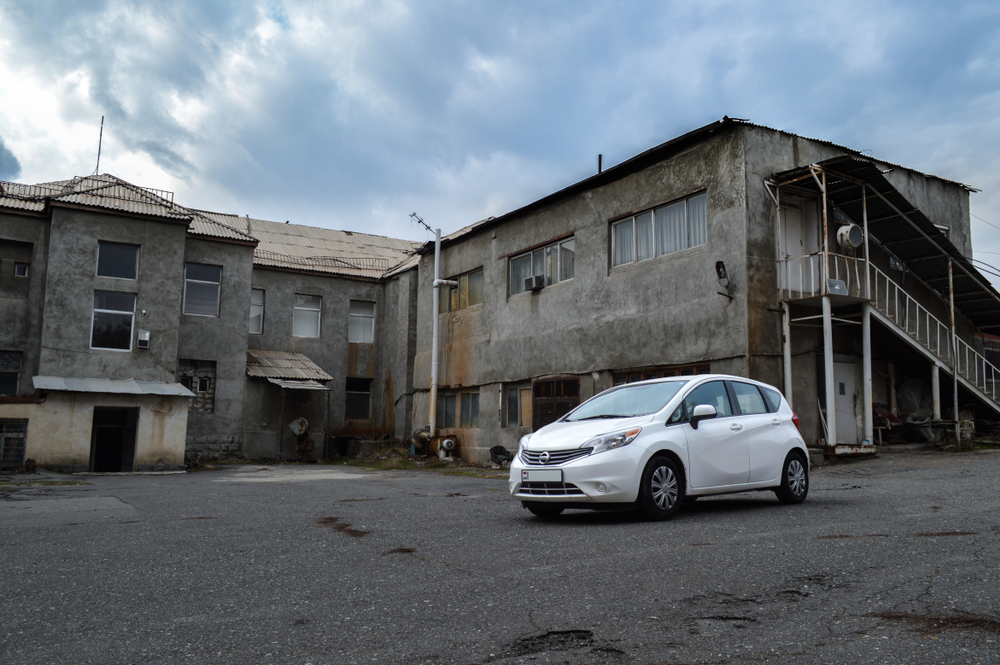
The Nissan Versa, specifically the 2012-2019 models, received less-than-stellar safety ratings. It scored poorly in the IIHS’s small overlap front test and was noted for a lack of standard active safety technologies. While reliable, the Versa’s safety features lagged behind other cars in its class.
This article originally appeared on MyCarMakesNoise.
More from MyCarMakesNoise
Top 16 Most Exquisite Limousines of All Time

Regarding luxury and style on the road, few vehicles can match the elegance of a limousine. These extraordinary cars have long been symbols of opulence, sophistication, and comfort, making every journey a special occasion. Read more
The 25 Most Innovative Cars You Can Buy Today

In today’s fast-paced world, automotive technology is evolving at an unprecedented rate, bringing us cars that are smarter, safer, and more efficient than ever before. From advanced driver assistance systems to groundbreaking electric powertrains, innovation is at the heart of modern automotive design. Read More
12 Trailblazing Hybrid Cars Setting New Standards

In a world dominated by a growing concern for environmental sustainability, the automobile industry has seen a monumental shift towards eco-friendly alternatives, with hybrid cars leading the charge. Read More

